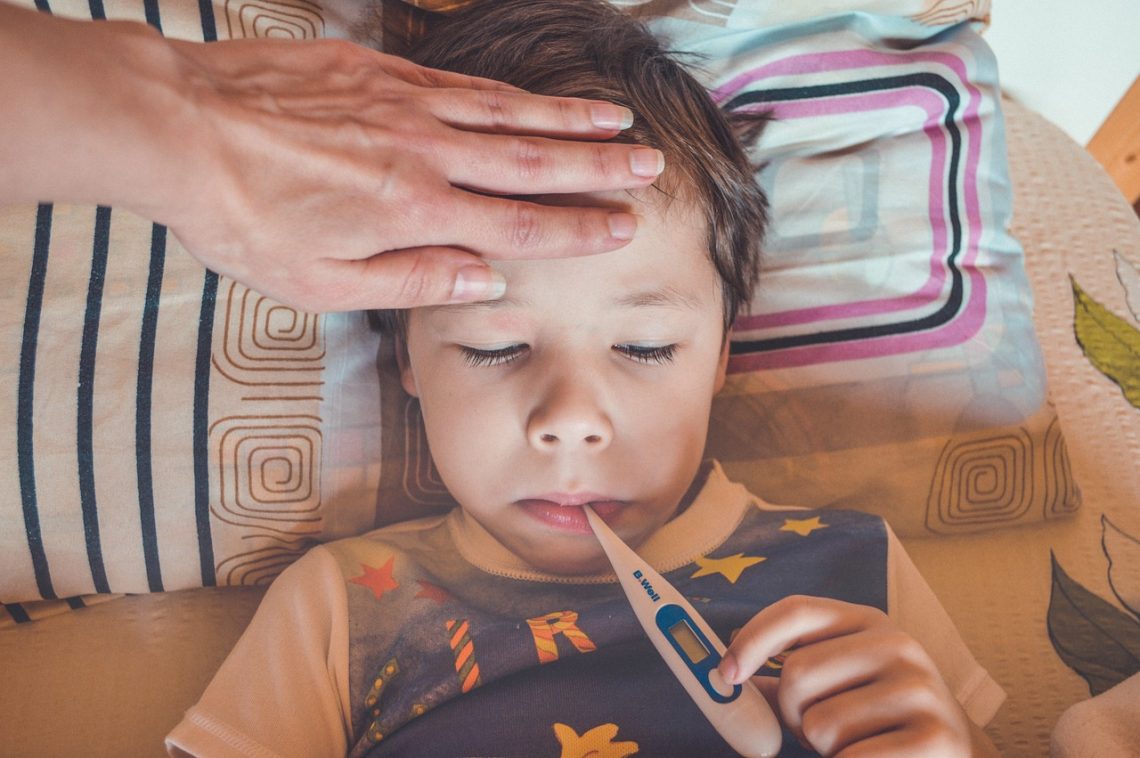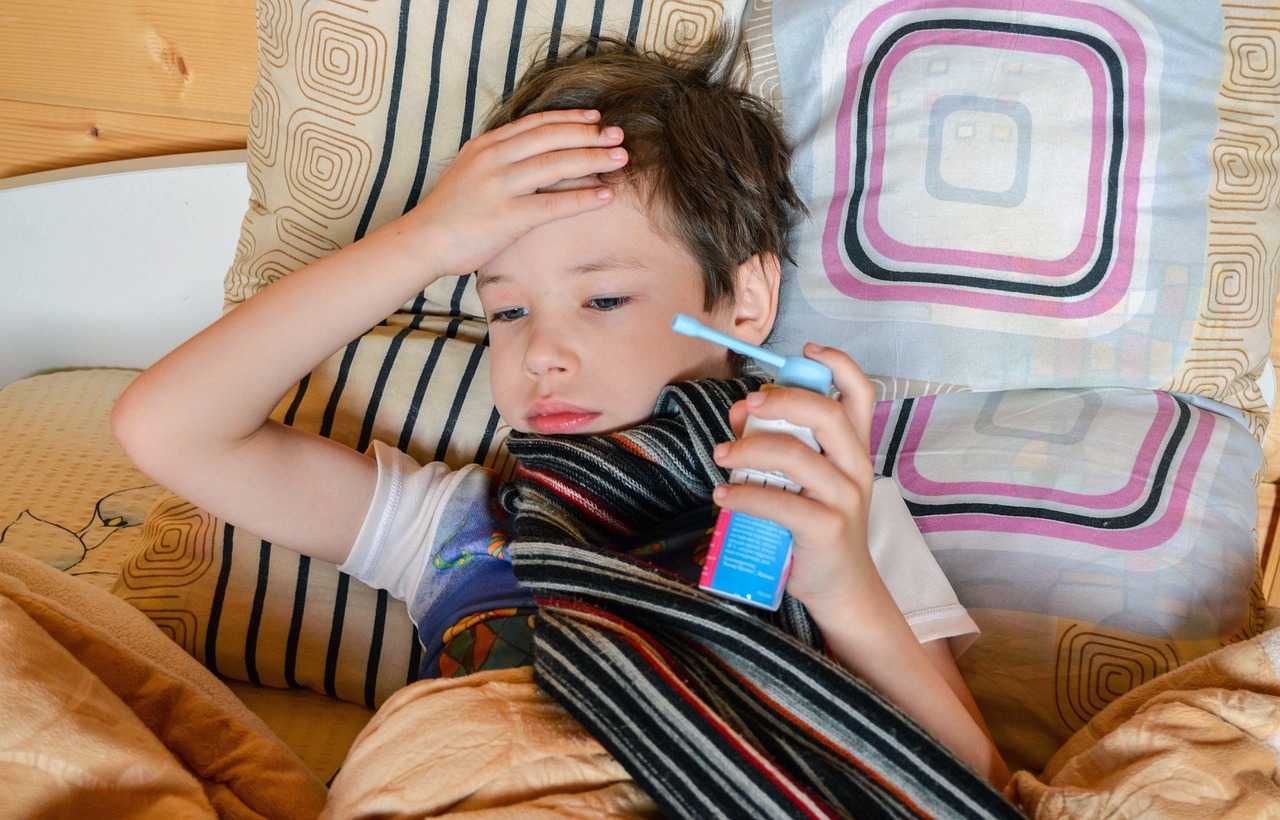
Treatment of Scarlet Fever in Children
Treatment of Scarlet Fever in Children
Summary:
Step 1: Recognize the symptoms of scarlet fever
Step 2: Implement proper treatment for scarlet fever
Step 3: Take preventive measures to protect against infection
Scarlet fever is not only a concerning illness for children but also for parents and caregivers. It is caused by a bacterial infection with group A streptococci and manifests through notable symptoms such as a distinct rash and tongue lesions. This comprehensive article aims to equip readers with essential knowledge on recognizing the symptoms, implementing effective treatment, and adopting preventive measures to ensure the well-being of children affected by scarlet fever.
Step 1: Recognize the symptoms of scarlet fever

To identify scarlet fever symptoms in your child, pay attention to the following signs:
- Measure their temperature for a high fever (> 38.3°C).
- Check for throat inflammation by asking if swallowing saliva is painful.
- Observe for swollen lymph nodes in the neck.
- Inspect the tongue for a whitish coating that will eventually give way to a bright red appearance.
- Look for a characteristic reddish rash on the body, which typically appears 24 to 48 hours after the onset of fever, starting from the neck, face, and folds before spreading across the body. If you notice these symptoms, consult a doctor who can conduct a rapid diagnostic test to confirm the presence of group A streptococcus and prescribe appropriate antibiotic treatment.
Note: While there are milder forms of scarlet fever with less pronounced symptoms, seeking medical advice is still crucial.
Step 2: Implement proper treatment for scarlet fever
When your child is diagnosed with scarlet fever, follow these treatment recommendations:
- Administer the prescribed antibiotic treatment, such as penicillin V or macrolides for 10 days.
- Reduce fever with paracetamol (one heavy dose 3 or 4 times a day), but avoid ibuprofen-type anti-inflammatories whenever possible.
- Ensure regular hydration for your child and avoid excessive clothing to facilitate heat exchange and help cool down their body.
- Supplement their diet with probiotics throughout the antibiotic treatment to mitigate potential discomforts associated with treatment, such as diarrhea or thrush. It is crucial to complete the full duration of the antibiotic treatment, even if symptoms improve. Premature interruption could lead to relapse or rare complications involving the kidneys, joints, or heart.
Step 3: Take preventive measures to protect against infection
To prevent the spread of scarlet fever to others in your household, follow these basic hygiene practices:
- Wash hands thoroughly with soap, including your child’s and those around them, to prevent hand-to-hand transmission.
- Teach your child proper handwashing techniques, especially after sneezing, coughing, or blowing their nose.
- Use hydroalcoholic gel to disinfect hands when soap and water are not readily available.
- Instruct your child to use tissues when blowing their nose and dispose of them immediately in a garbage can.
- Teach your child to cough or sneeze into the crook of their elbow, rather than their hand.
- Regularly clean commonly touched surfaces, such as doorknobs, faucets, and toys, with a suitable disinfectant spray.
- Keep your child away from schoolmates and other family members for a period of 15 days.
Essential Equipment for Scarlet Fever Treatment:
- Analgesics (paracetamol)
- Bottle of water
- Hydro-alcoholic gel
- Flashlight
- Tissues
- Probiotics
- Electronic thermometer
By following these comprehensive guidelines, you can effectively treat scarlet fever in children while implementing preventive measures to minimize the risk of transmission within your household and community. Safeguarding the health of your child and those around them is of utmost importance when dealing with scarlet fever. With prompt medical attention and adherence to preventive practices, you can help your child recover quickly and prevent the further spread of this contagious infection. Stay informed and take the necessary steps to combat scarlet fever effectively.
You May Also Like

How to Feed a Baby
2022-11-15
Exploring the Advantages of Baby Massage
2023-10-24

